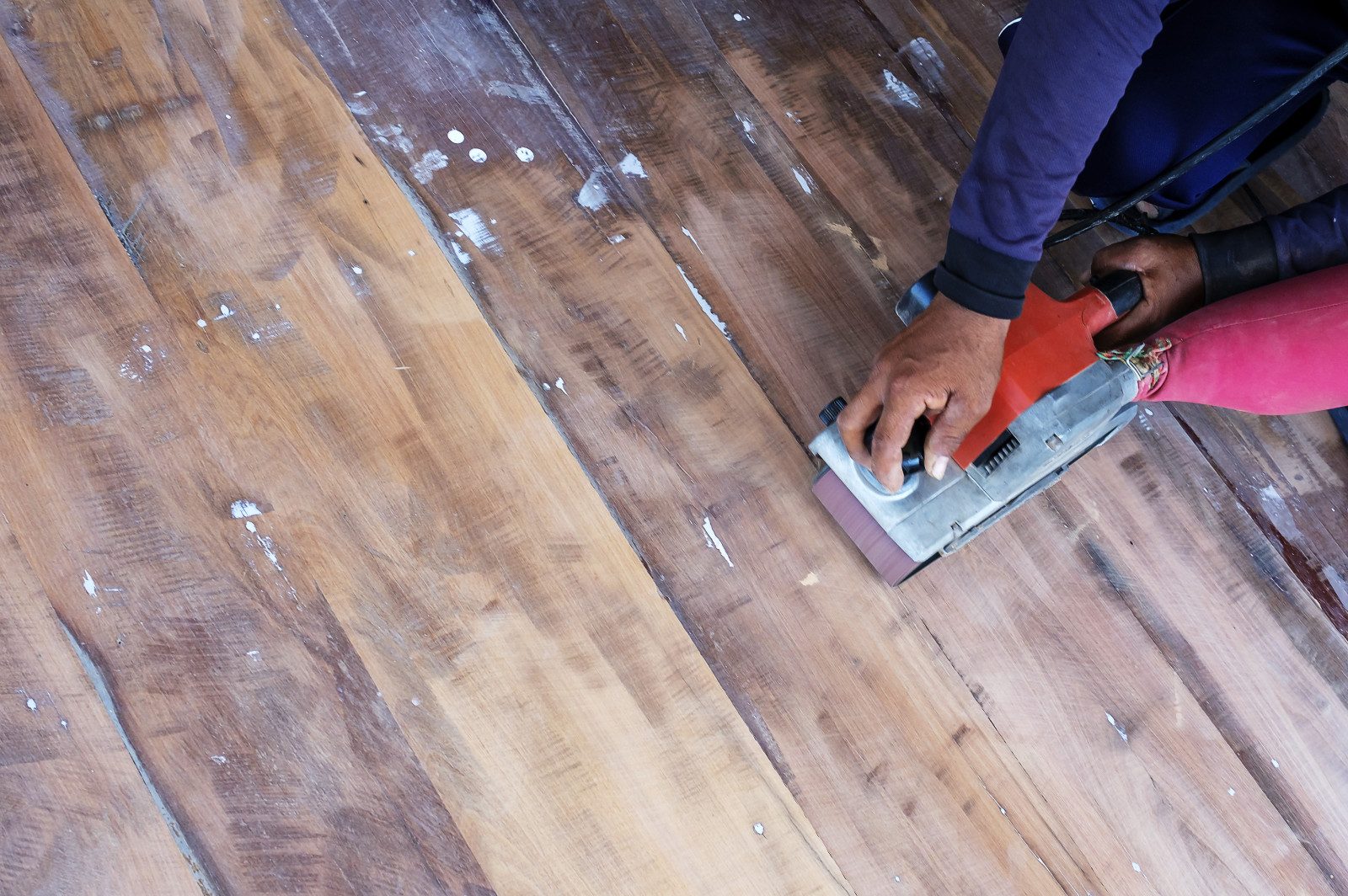The gleam of a freshly mopped hardwood floor is a sight to behold. But what if a spill or stain threatens to blemish this pristine surface? Could a quick cleaning with diluted bleach restore its shine? While the thought might seem appealing, it’s crucial to understand the potential consequences of using bleach on hardwood floors. This guide will delve into the complex relationship between bleach and hardwood, revealing the dangers and safe cleaning alternatives.

Image: reviewhomedecor.co
Hardwood floors, with their natural beauty and durability, are a beloved feature in many homes. However, their intricate structure and susceptibility to damage necessitate careful cleaning practices. This is where the question of bleach enters the picture. While its potent cleaning power might seem like a solution for stubborn stains, its chemical composition can pose a significant threat to the integrity of hardwood floors.
The Perils of Bleach on Hardwood Floors
Bleach, a powerful chemical designed to kill bacteria and disinfect surfaces, can wreak havoc on hardwood floors if not used with extreme caution. Its main component, sodium hypochlorite, reacts aggressively with the natural oils and finishes present on hardwood surfaces.
Damage to the Finish
The protective finish, whether it be polyurethane, wax, or oil-based, is the first line of defense against damage. Bleach’s powerful oxidizing properties can break down the molecules in these finishes, leaving the wood exposed and vulnerable.
The result? A dull, cloudy appearance, or even worse, bare patches where the finish has completely stripped. This leaves the wood susceptible to stains, scratches, and water damage. The impact on the finish can be irreversible, requiring costly refinishing or, in severe cases, replacement of the entire floor.
Color Discoloration
Hardwood floors boast a diverse range of natural wood tones. But bleach can disrupt this color harmony, often leading to unwanted discoloration. The chemical reaction with certain wood species can lighten the color, resulting in an uneven and unattractive appearance.
This discoloration is most evident on lighter wood varieties like maple or birch. Darker woods like walnut or cherry might experience a change in hue, making the floor appear patchy and faded.

Image: householdadvice.net
Understanding Safe Cleaning Alternatives
While bleach might offer a quick fix for stubborn stains, it’s essential to prioritize the long-term health and beauty of your hardwood floors. Fortunately, there are numerous safe and effective cleaning alternatives.
Water-Based Cleaning Solutions
For routine cleaning, a simple solution of warm water and a mild, pH-neutral soap is often sufficient. Avoid using abrasive cleaners, as they can scratch the finish and dull the wood’s natural shine.
Microfiber cloths or mops are preferable for their gentle cleaning action. After cleaning, ensure the floor dries completely to prevent water damage or the growth of mold and mildew.
Specialized Hardwood Cleaners
The market offers a wide array of specialized cleaners formulated specifically for hardwood floors. These cleaners are designed to remove dirt and grime without damaging the finish or the wood beneath.
Look for cleaners that are pH-neutral and free of harsh chemicals like ammonia or bleach. They often contain ingredients like citrus extracts or vinegar that effectively remove stains and disinfect surfaces without harming the wood.
Tackling Stains Safely
While bleach might seem tempting for stubborn stains, it’s crucial to rely on safer alternatives. Here are some effective methods for tackling common stains:
Grease and Oil Stains
For greasy stains, use a mixture of baking soda and water to form a paste. Apply the paste to the stain and let it sit for a few hours. Then, scrub gently with a soft-bristled brush and wipe clean with a damp cloth.
Wine and Coffee Stains
These stains can be effectively removed using a diluted mixture of white vinegar and water. Apply the solution to the stain and let it sit for a few minutes. Gently blot the stain with a clean cloth, repeating the process if needed.
Ink Stains
For ink stains, use a cotton ball dipped in rubbing alcohol. Apply gently to the stain, and blot with a clean cloth. Be careful not to scrub aggressively, as it might embed the ink deeper into the wood.
Preventing Future Damage
Proactive measures can help to minimize the risk of damage to your hardwood floors. These simple steps can go a long way in maintaining their beauty and ensuring their longevity:
Regular Cleaning
Regular cleaning with a water-based solution helps to remove dust, dirt, and debris that can accumulate over time. This prevents the build-up of grime that can lead to scratching and dulling of the finish.
Protect From Moisture
Excessive moisture can damage hardwood floors. Use doormats to prevent water and dirt from being tracked inside, and promptly clean up spills to avoid water damage.
Furniture Pads
Heavy furniture can leave dents and scratches on hardwood floors. Protect your floors by placing furniture pads under all furniture legs.
Can You Use Diluted Bleach On Hardwood Floors
Conclusion
While the appeal of a quick bleach cleaning might seem tempting, it’s crucial to prioritize the long-term health and beauty of your hardwood floors. Bleach can cause irreparable damage to the finish, lead to discoloration, and render your floors vulnerable to future stains and scratches. Safe and effective alternatives abound, allowing you to maintain the beauty of your hardwood floors for years to come.
Remember, regular cleaning with safe solutions, tackling stains with specialized products, and taking preventative measures are key to preserving the natural splendor of your hardwood floors.





